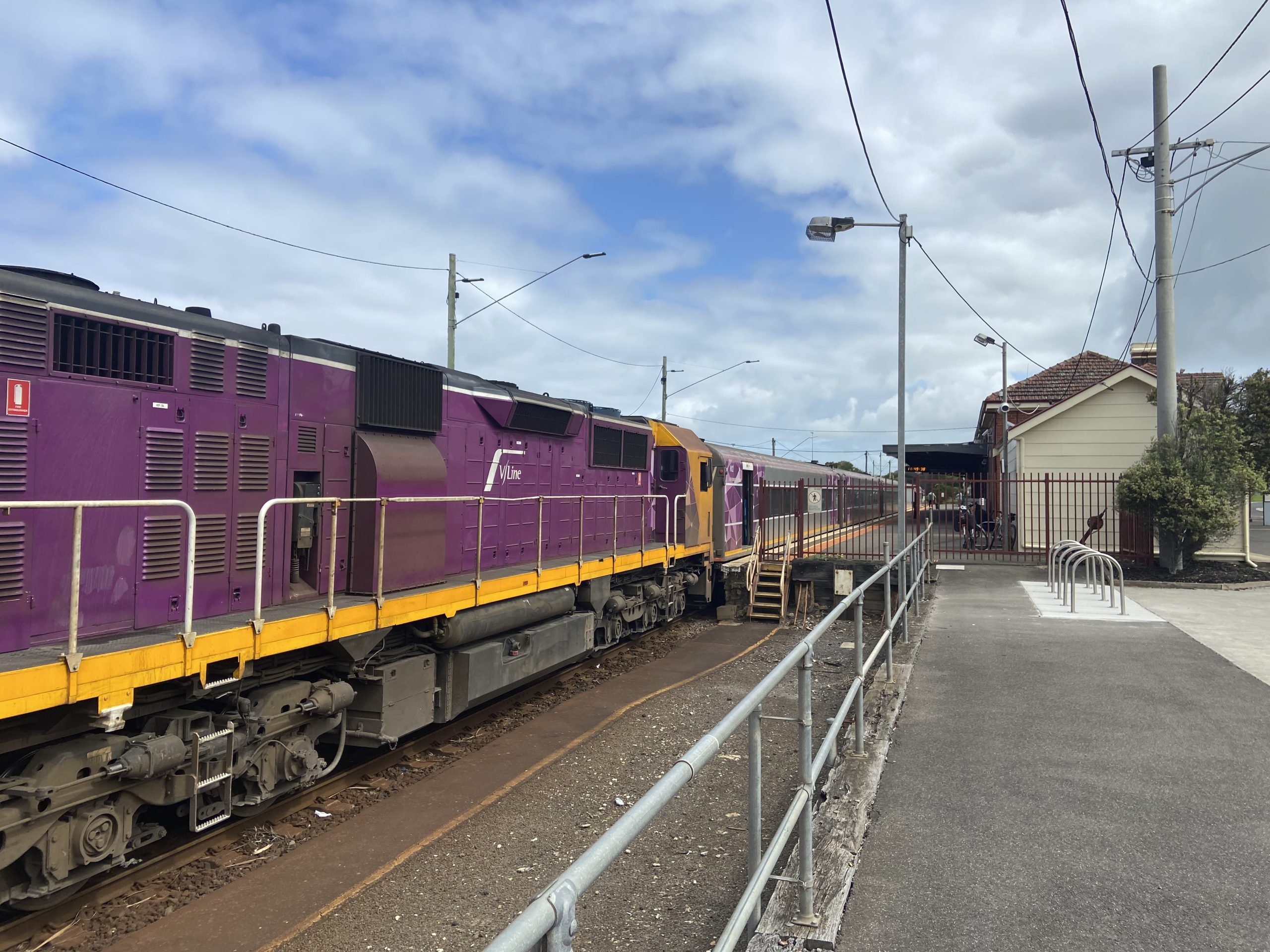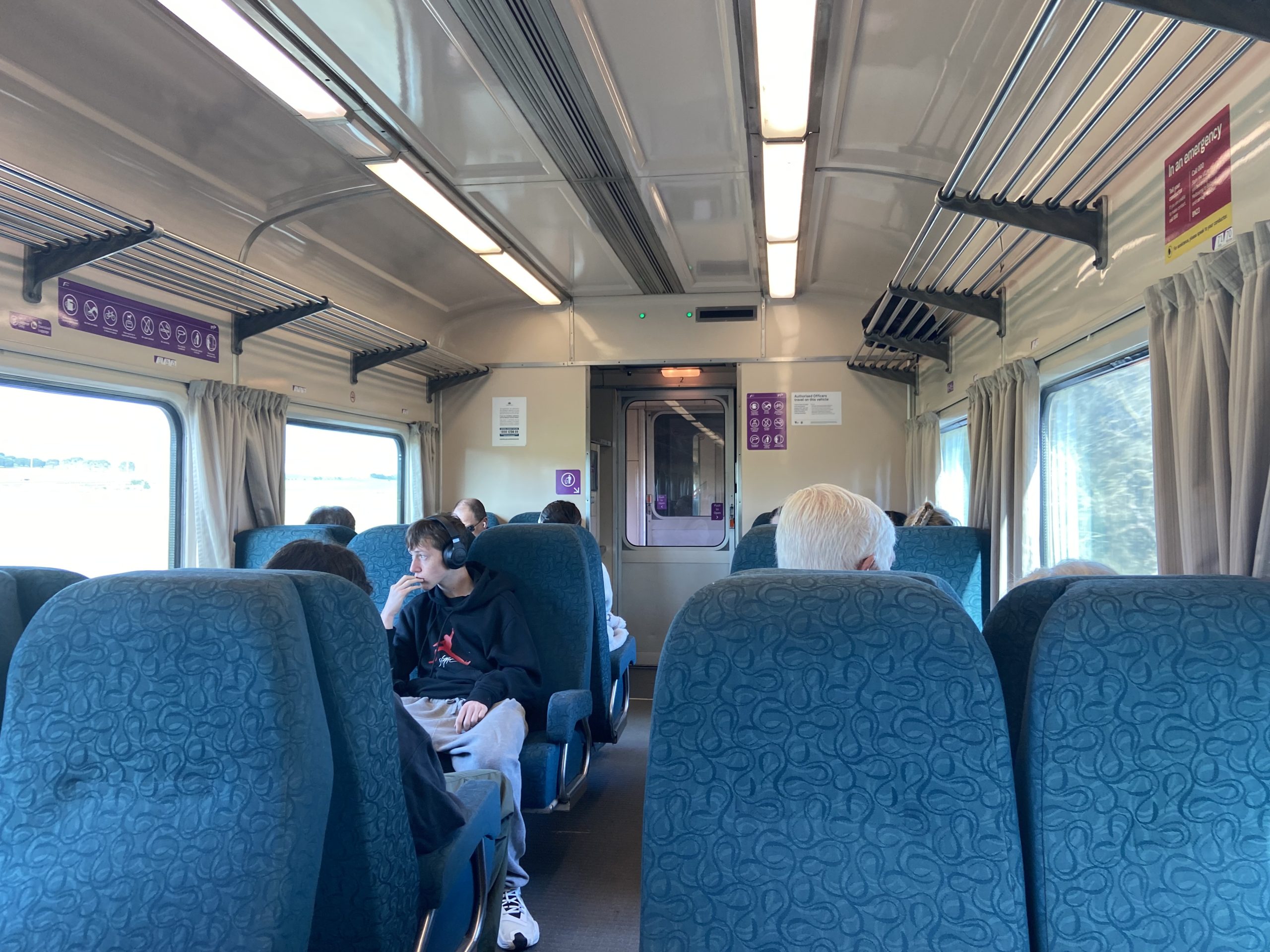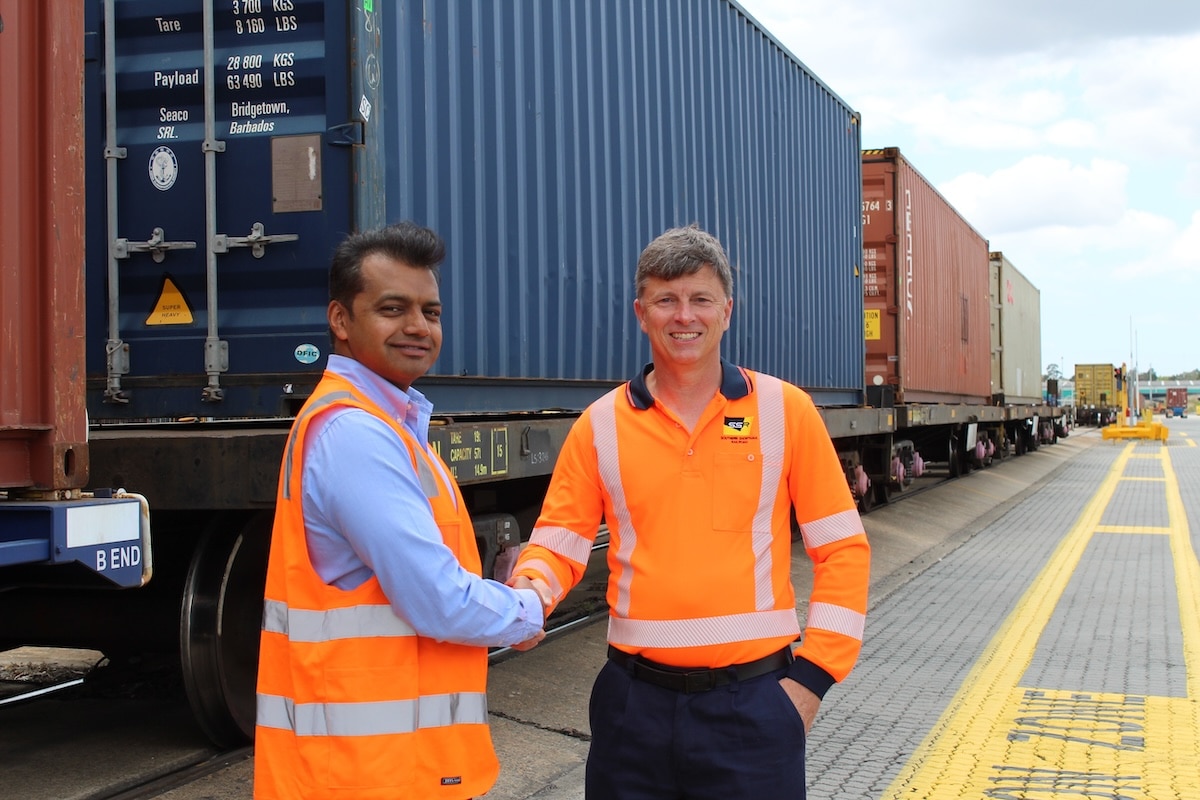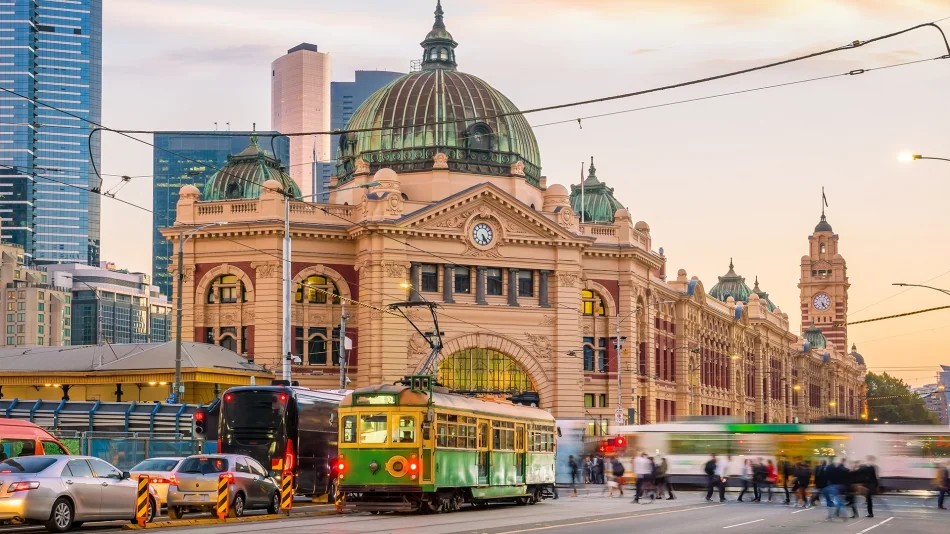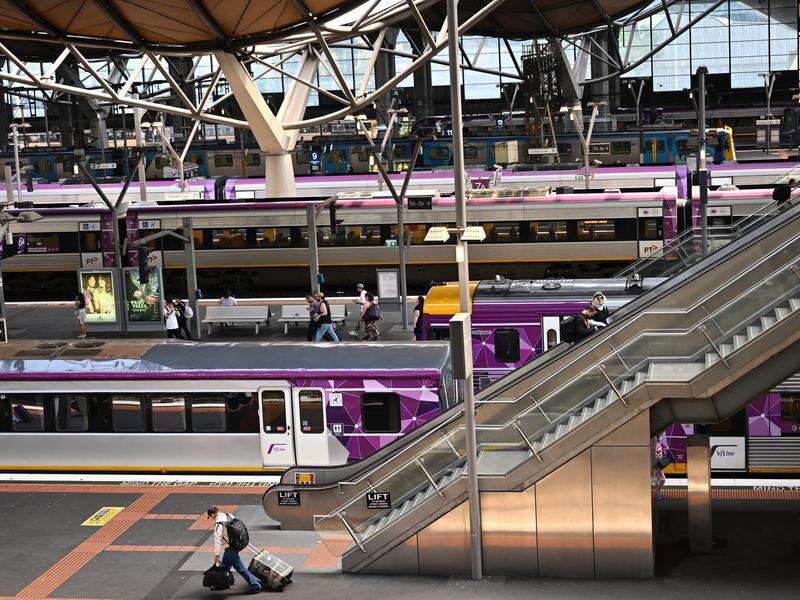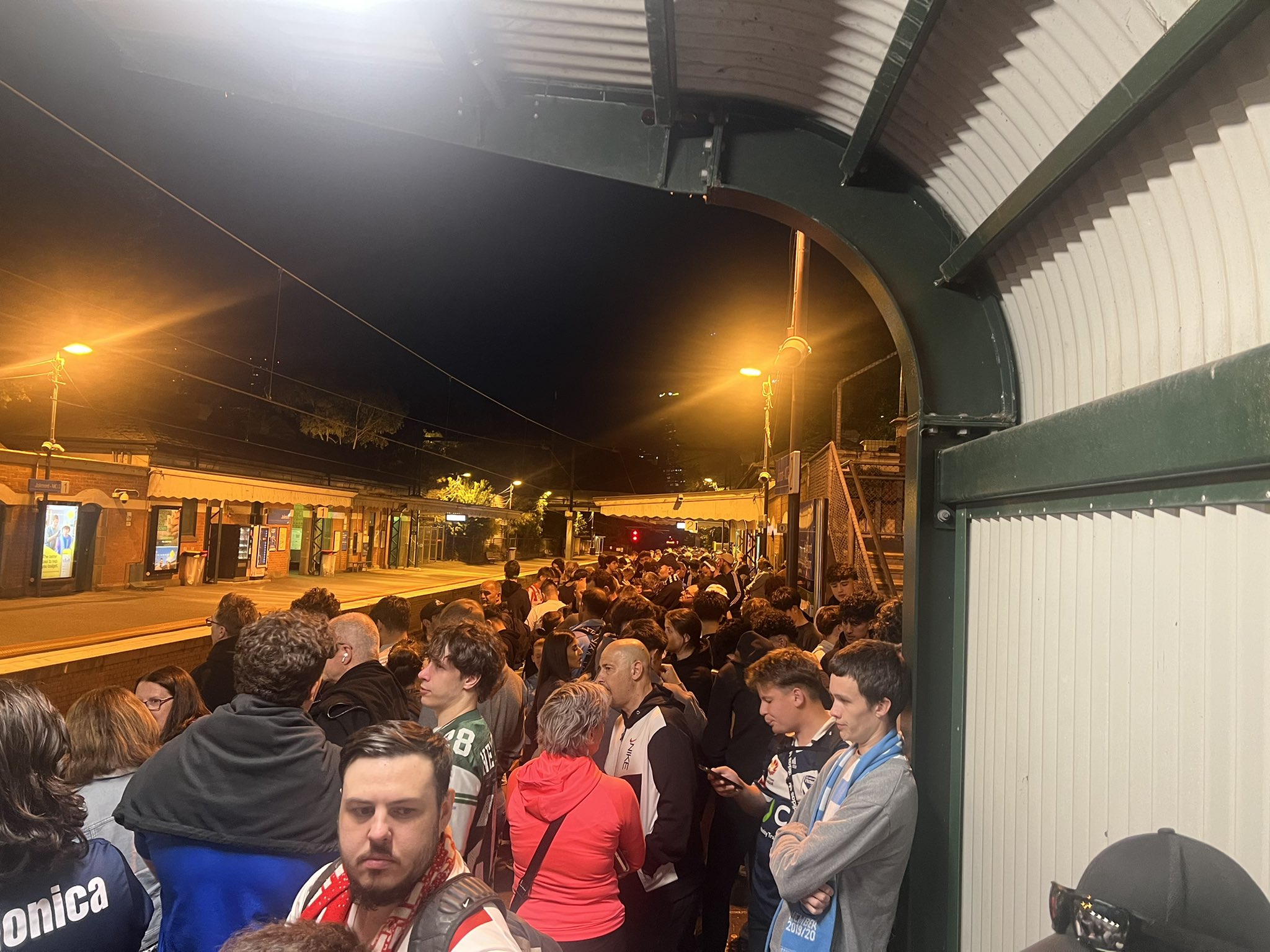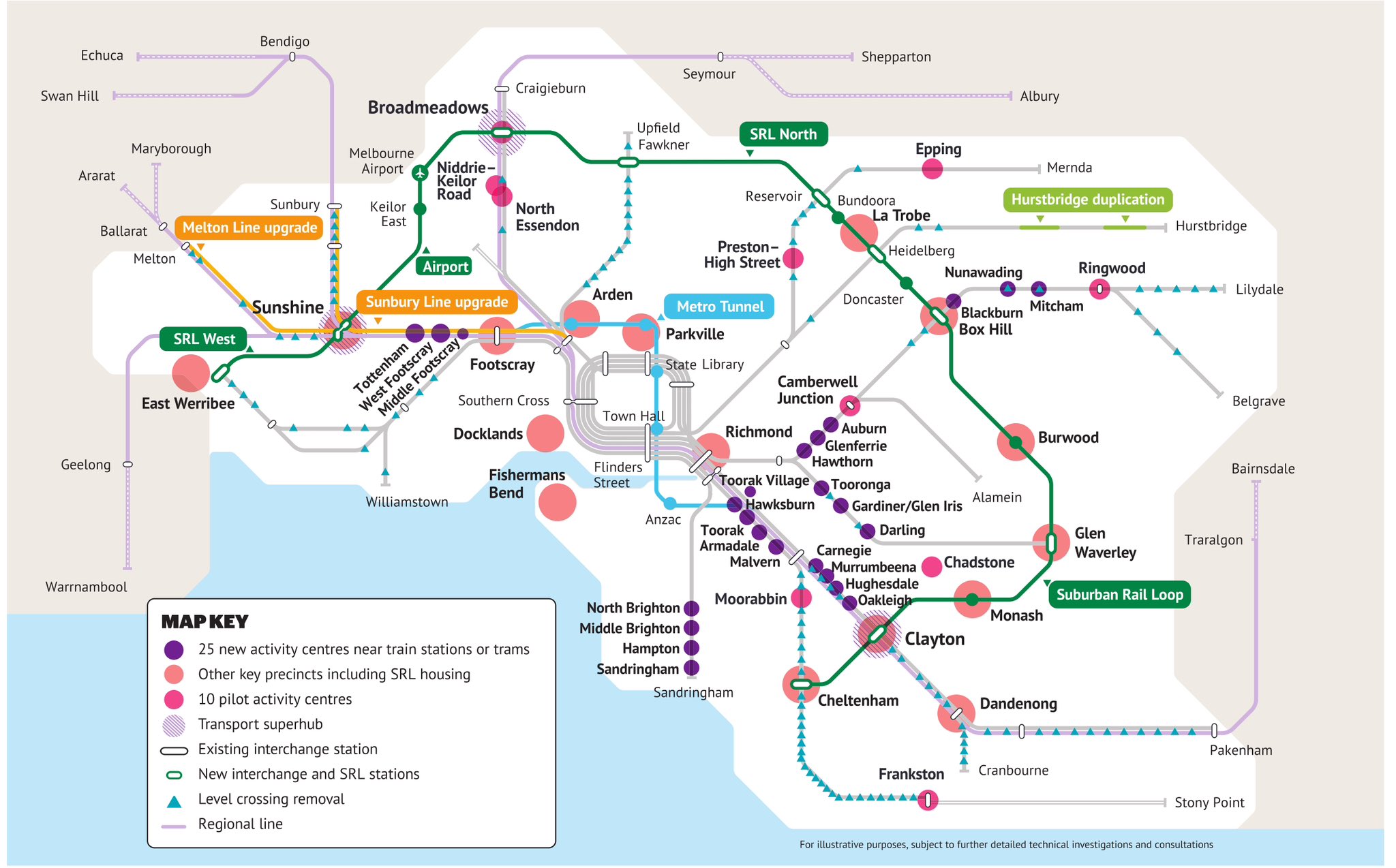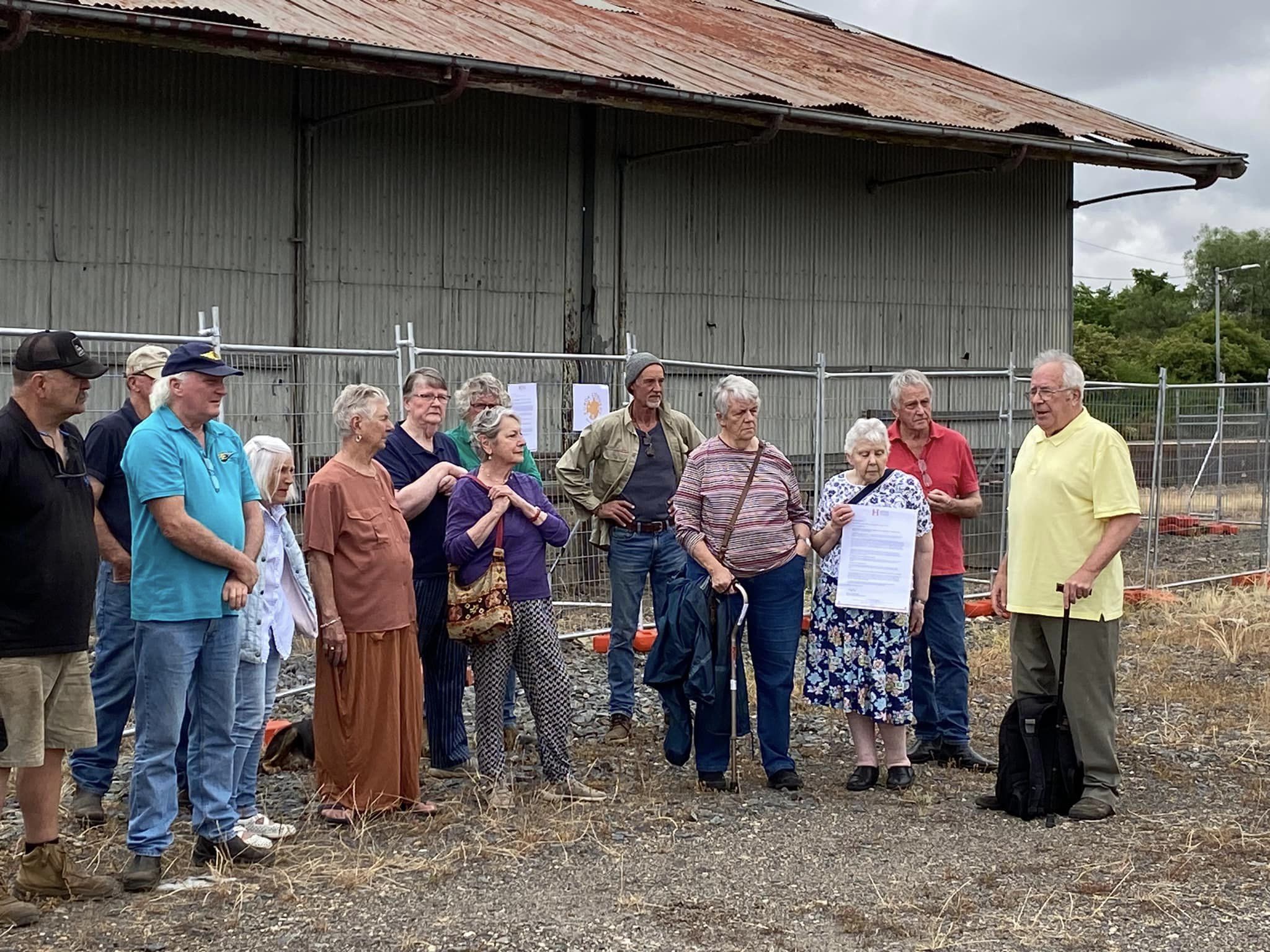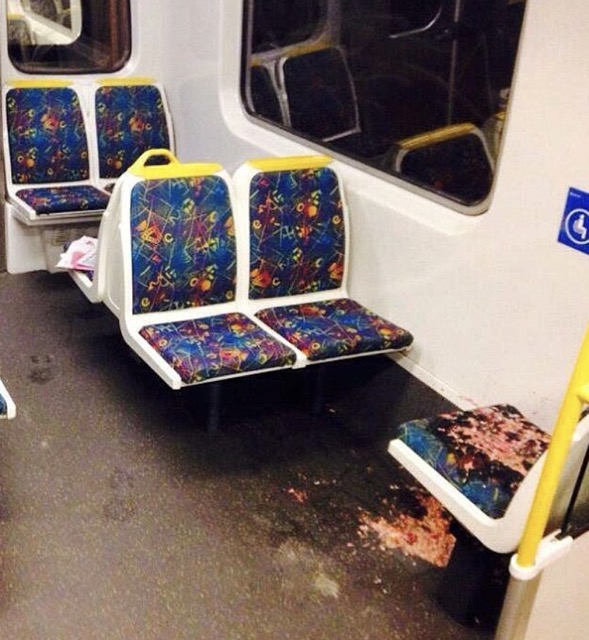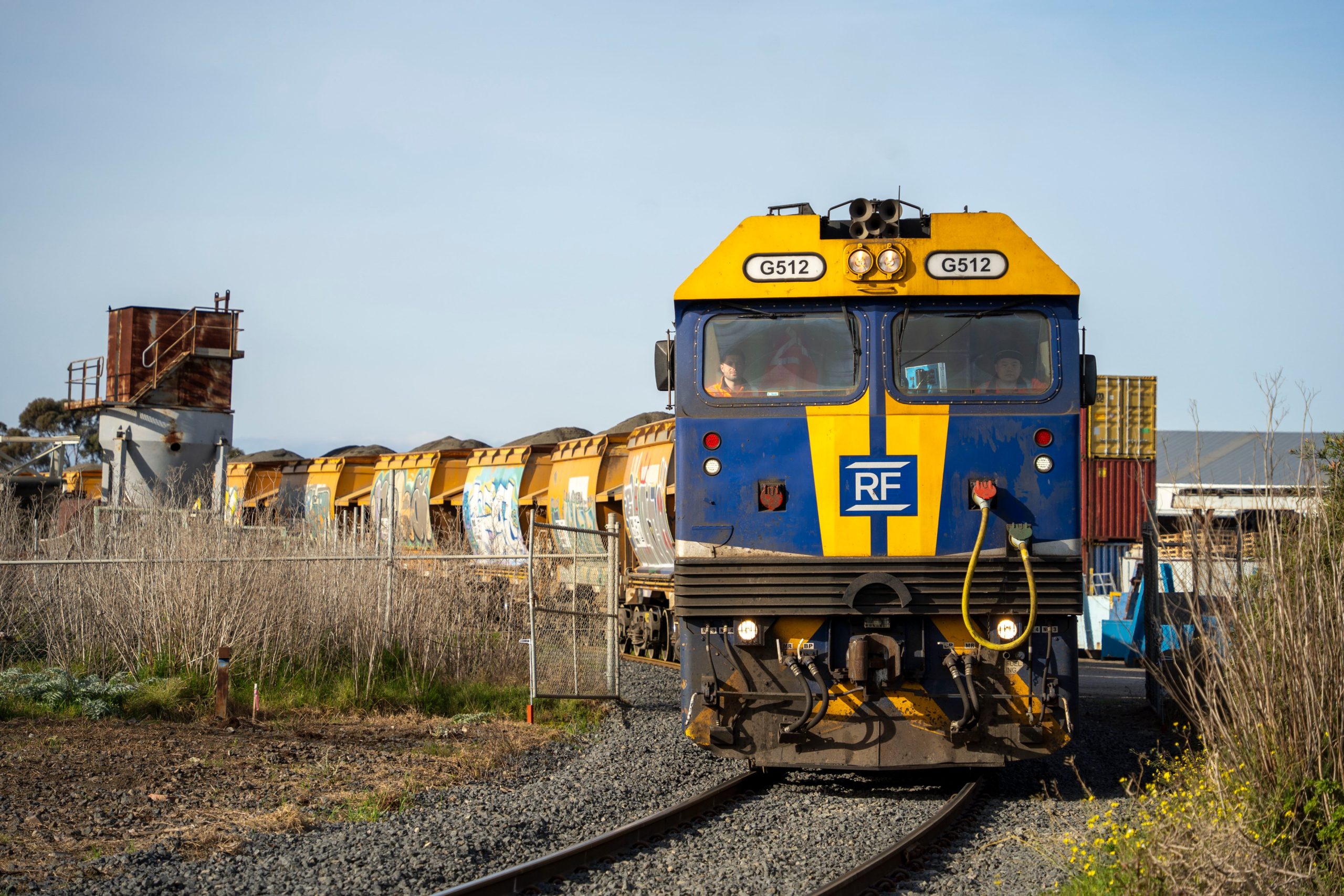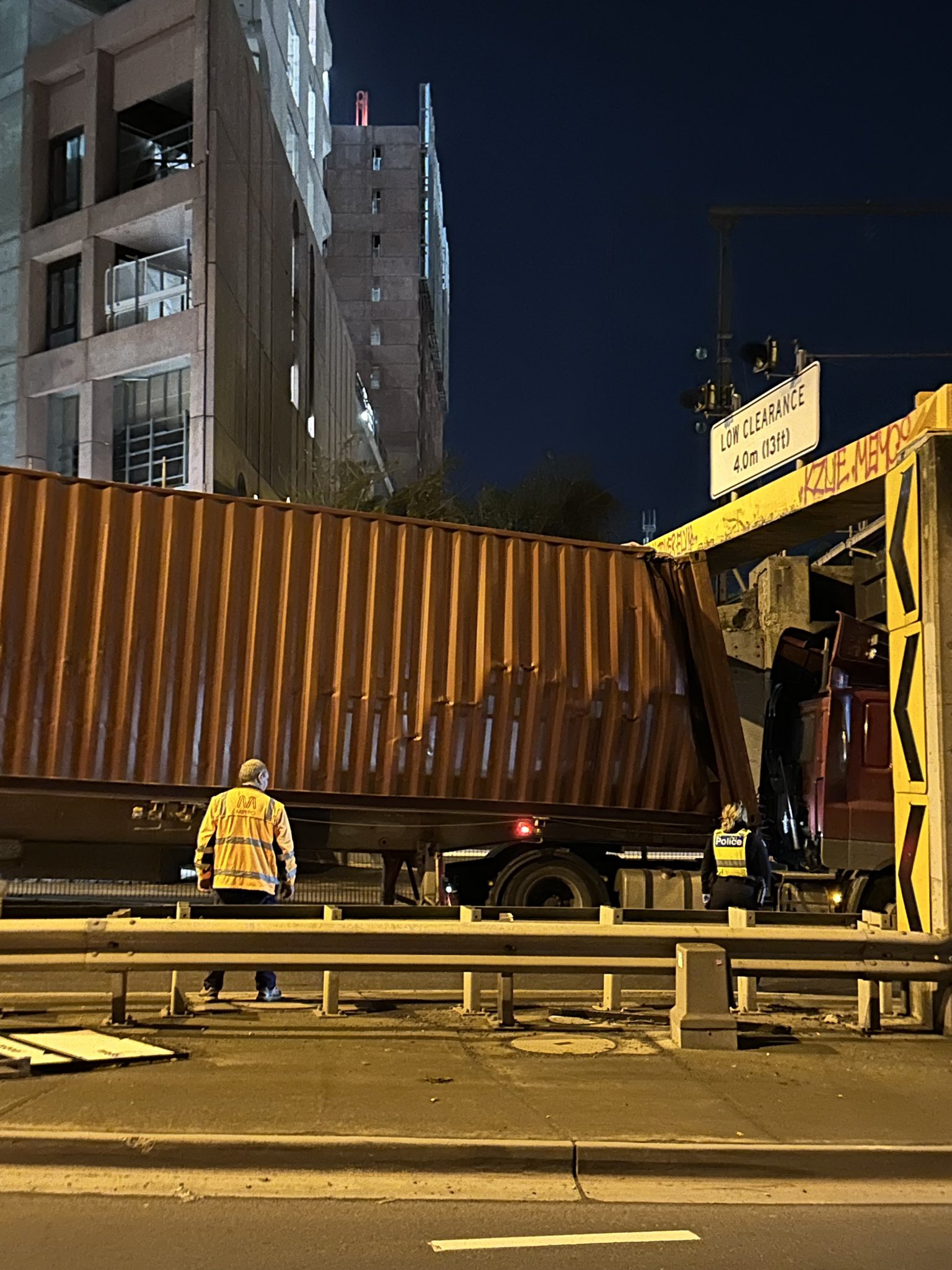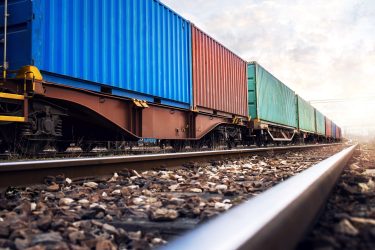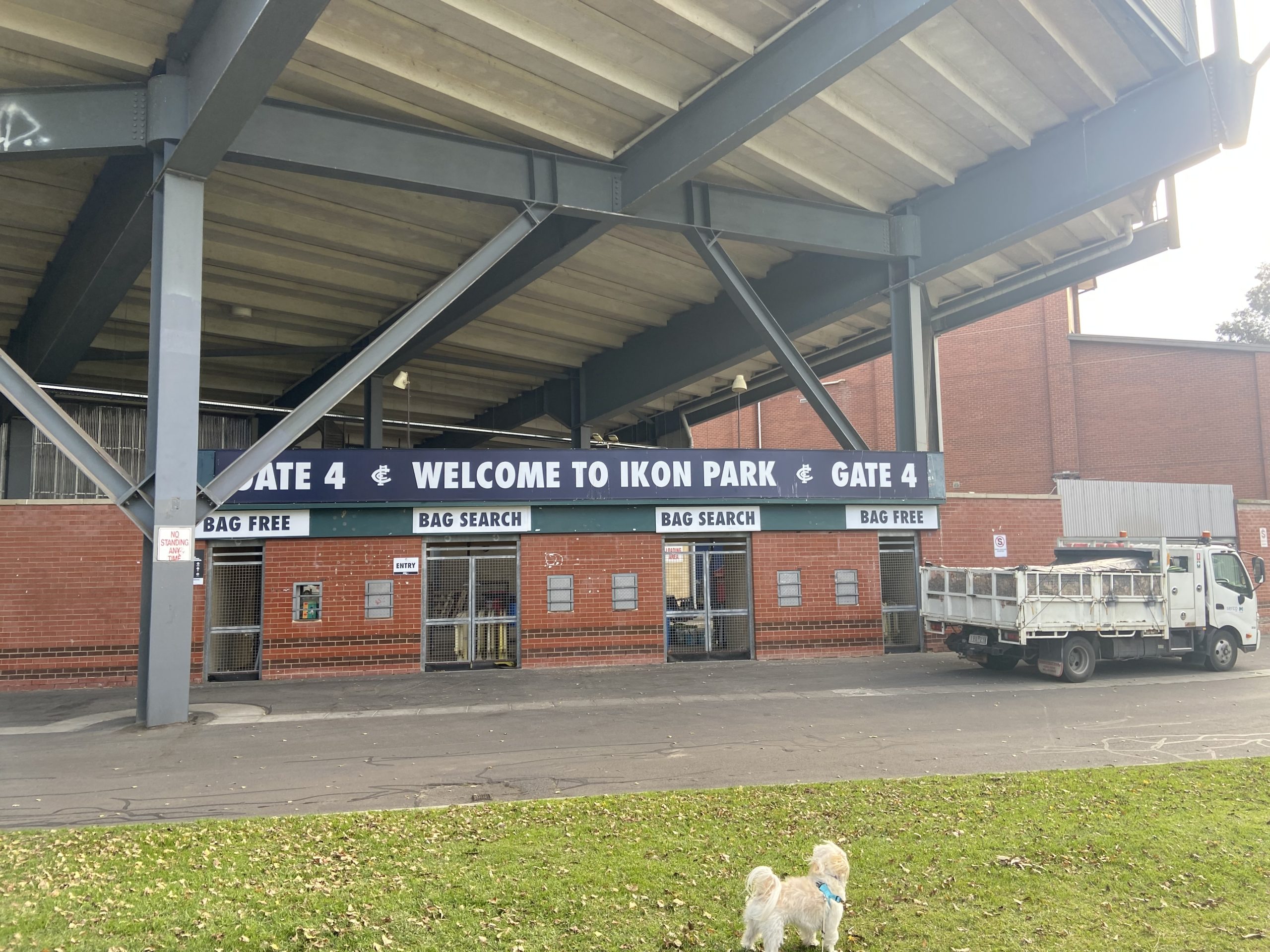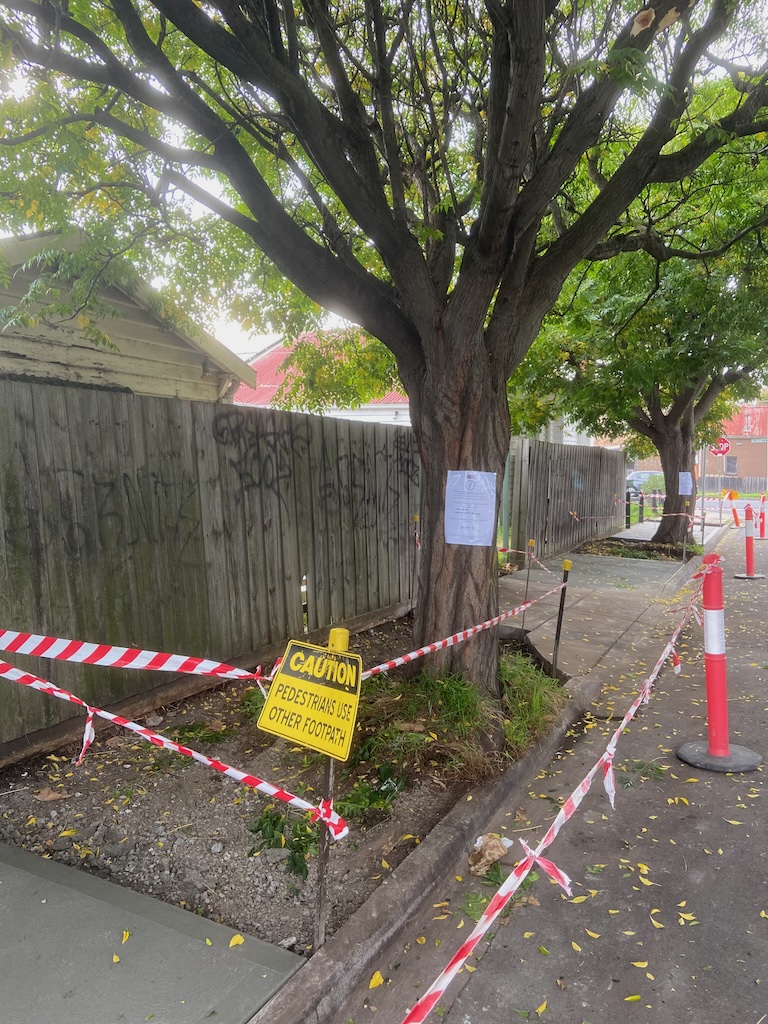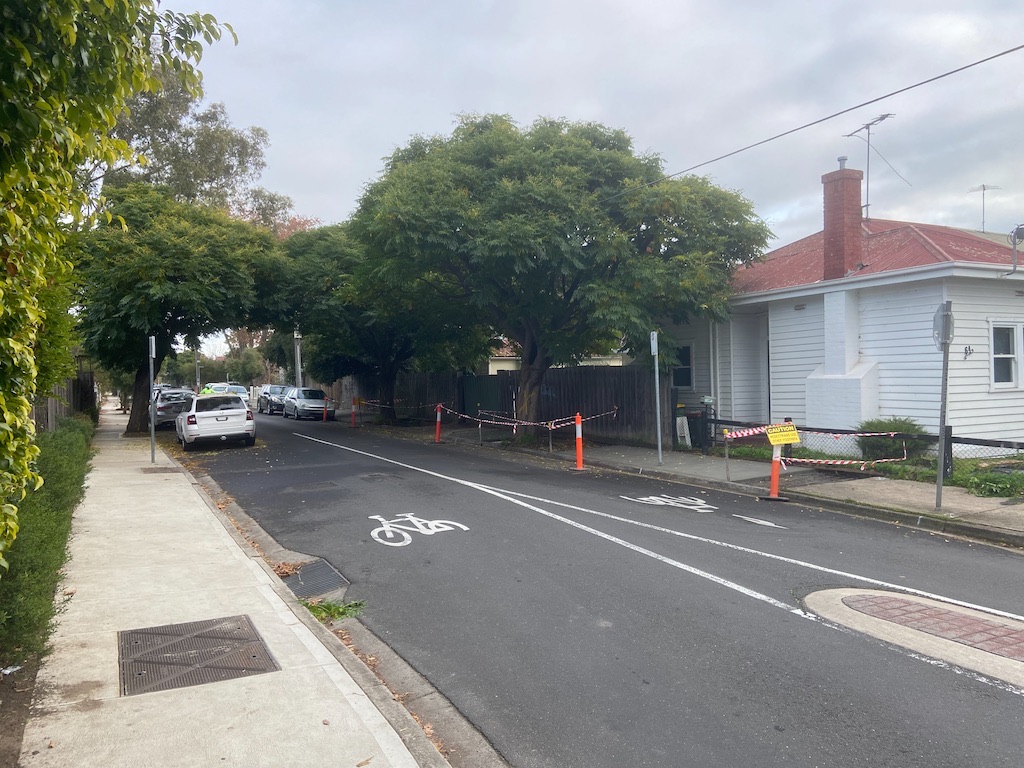In a media release from the Waikato Chamber of Commerce by the Chief Executive on 21 Feb 22, concerning a report on Te Huia passenger train services between Hamilton and Auckland, the media release read: \
\
*A report on the financial and environmental viability of the Hamilton-Auckland commuter train, Te Huia, shows the service costs considerably more than it does to drive and it creates more carbon emissions. The analysis was produced by final year Waikato University student Nicholas Farrell for the Waikato Chamber of Commerce. Nicholas was studying for a Bachelor of Management Studies, majoring in economics and finance.* \
\
*It shows that per trip from Hamilton to Auckland, driving costs $48 compared to $294 on Te Huia – made up of a $12 fare and a $282 subsidy. And based on the assumption of one person per vehicle, carbon emissions for the same trip are 20kg per person driving, but 31.5kg per person on Te Huia. Other key findings include: patronage KPIs are just half of year one predictions in the Te Huia business case, with an overall load factor of 26 per cent; journey times are 91 minutes driving compared with 145 minutes on Te Huia; and the implementation of the train service has seen a congestion reduction of just 0.13 per cent.* \
\
*Chamber chief executive Don Good said the analysis was important so that central and local government decision makers had a better understanding of the viability of Te Huia’s future and whether the sizeable funding was realistic long-term.* \
\
*“The Regional Council are introducing significant upgrades to the service this year to attract a great deal more patronage but given Te Huia’s $100million price tag, there needs to be real accountability from those who strongly supported and advocated for its implementation,” Good said.* \
\
*“And I would imagine that ratepayers and businesses will have some serious questions in the lead up to local body elections later this year about whether the service is justified and whether it’s a good use of taxpayers and ratepayers’ hard-earned cash.”* \
\
*Good said the service contributed significantly more carbon emissions and questioned whether the government would be better to invest in other technologies.* \
\
*“We’re going to start seeing more and more electric and hydrogen vehicles on our road in the next few years so would it be more sensible to invest in improving roading and EV charging sites?”* \
\
Public Transport Forum New Zealand disputes most of the claims in the media release as vague and incorrect. \
\
In the media release, Mr Farrell claims that 20kg of carbon is emitted per person driving, which means if there a 147 to 197 cars driving each way between Hamilton and Auckland that would created 2940 to 3940kgs in emissions, excluding the additional indirect costs of pollution, health, environment, safety, tyre dust, etc and any driving locally in Auckland and Hamilton city, so its not sure why Mr Farrell says driving a car is better for the environment than Te Huia. \
\
Based on Mr Farrell 20kg for a single passenger car, Te Huia in a 4 carriage 147 seat train set configuration would take 147 non essential cars off the road reducing 2940kgs of carbon and other toxic emissions per journey. \
\
Te Huia in a 5 carriage 197 seat train set configuration can reduce 197 non essential cars off the road reducing 3940kg of carbon and other toxic emissions each journey. \
\
Te Huia has 2 return journeys Monday to Friday and 1 return journey on Saturday, taking 3540 non essential cars off the road and saving 133,960kgs of carbon and other toxic emissions per week. \
\
With regards to the $100 million cost of Te Huia, the cost covers the 3 dedicate locomotives, refurbishing of 3 sets of 4 carriages, building of the maintenance facility at Te Rapa, upgrading of Huntly railway station, the building of the Rotokauri railway station, track access and train control fees, Kiwirail ‘hook & tow’ fees and crew wages for 5 years. \
\
Passenger loading’s on Te Huia have been low due to the fact passenger train services had to suspend operations for 5 months due to Auckland’s level 4 lock down and nearly 6 weeks of track upgrades on the Auckland rail corridor for 2021/2022 Christmas period. \
\
Public transport is a ‘not for profit’ public service so it needs rate and tax payer subsidies to operate and that includes Te Huia being an inter-regional commuter passenger rail public transport service.
Related Posts
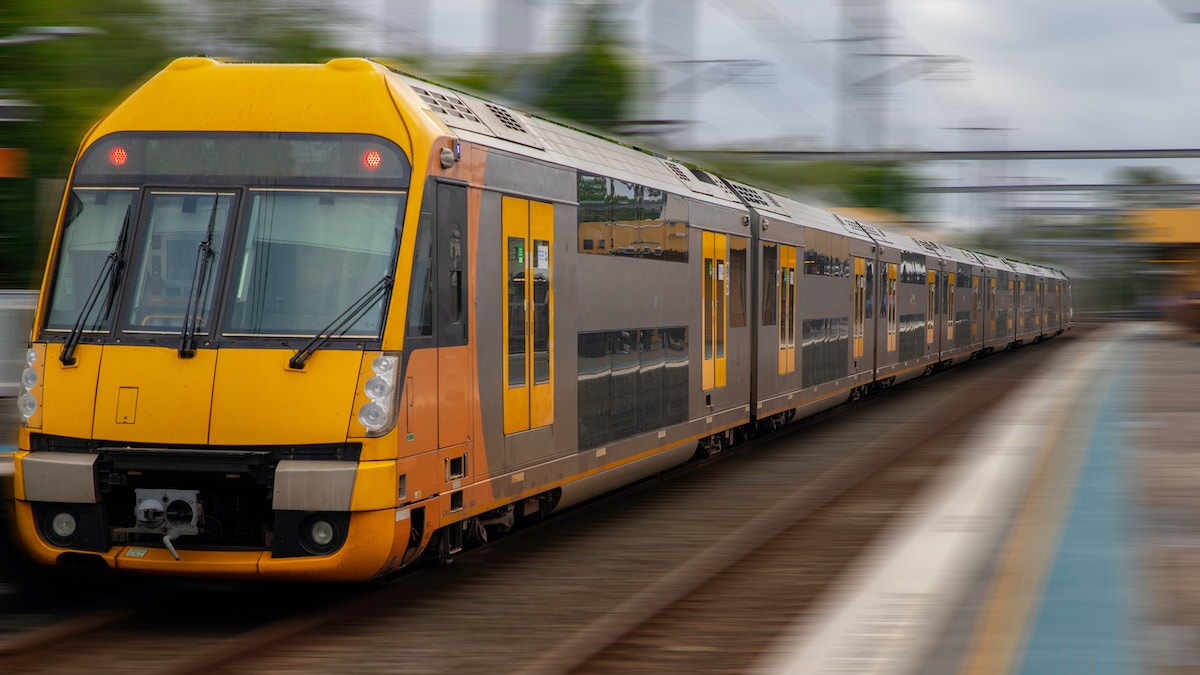
Sydneysiders to avoid huge transport disruptions over weekend
- gobstopper
- November 21, 2024
- 0

Metro Tunnel fires back at ‘bad planning’ accusations from opposition
- gobstopper
- November 21, 2024
- 0

Trains unable to use Metro Tunnel in labor’s latest stuff up
- Bardy Bigglesworth
- November 21, 2024
- 3
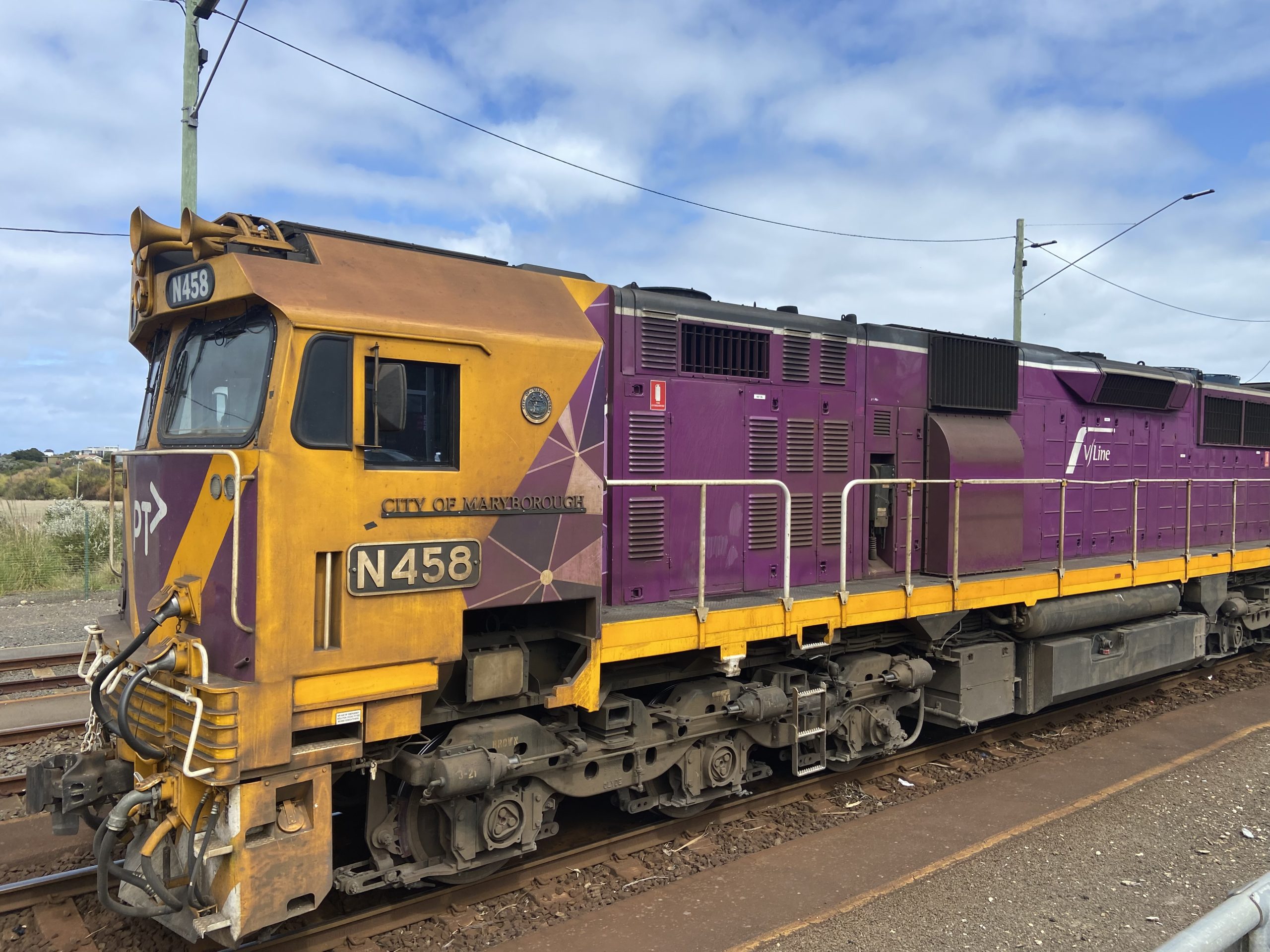
Swan Hill line and more information on Sunday 17/11/24
- Snuffle Nose
- November 21, 2024
- 7
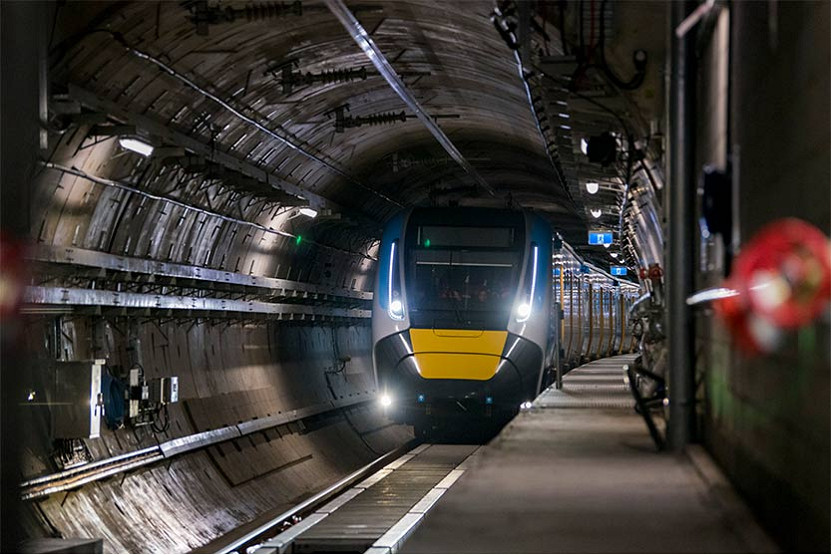
Trains unable to use Melbourne Metro Tunnel
- Bardy Bigglesworth
- November 21, 2024
- 4

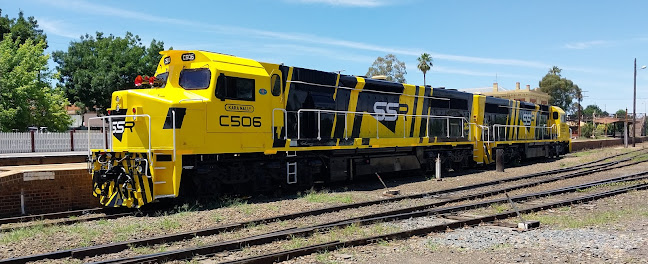
Rail spur required for major grain facility in Western Victoria
- Bardy Bigglesworth
- November 11, 2024
- 2
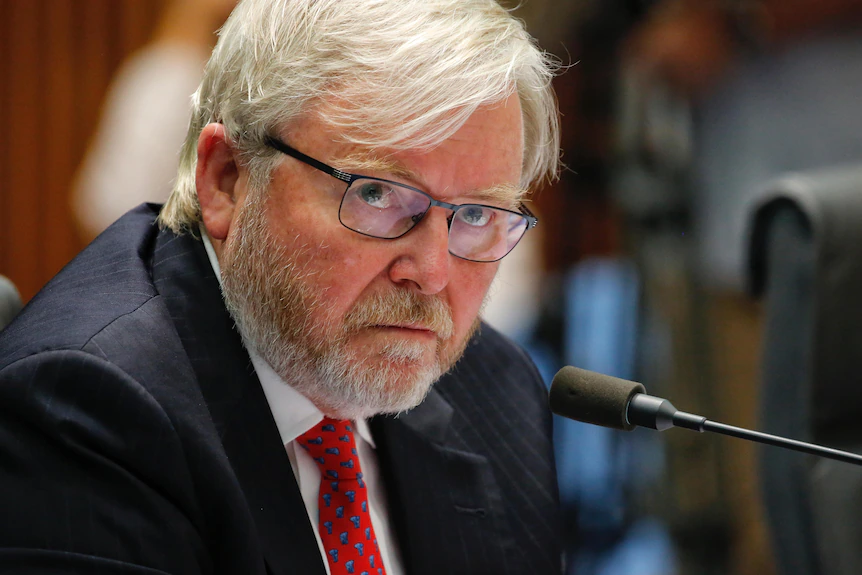
Trump wins second term as President, Kevin Rudd to pack his bags?
- Helen Carrie
- November 7, 2024
- 4
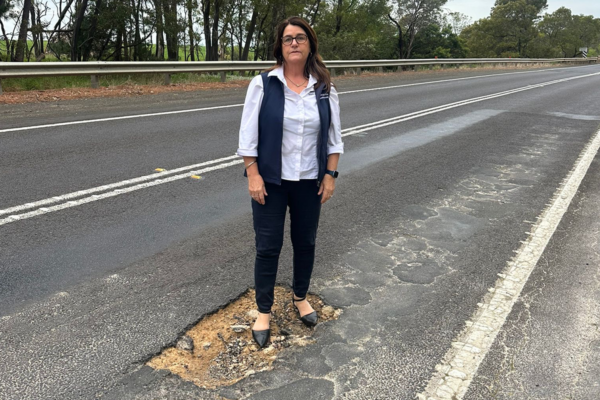
Potholes continue to cause problems in regional Victoria
- Bardy Bigglesworth
- November 1, 2024
- 2
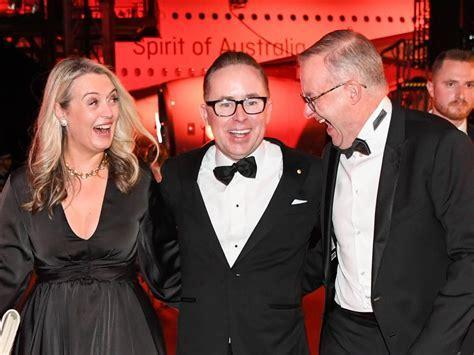
The union buster and the unionist – an unlikely friendship
- Helen Carrie
- October 30, 2024
- 4

Australia’s fibre backbone race picks up speed
- Brian Evans
- October 28, 2024
- 0
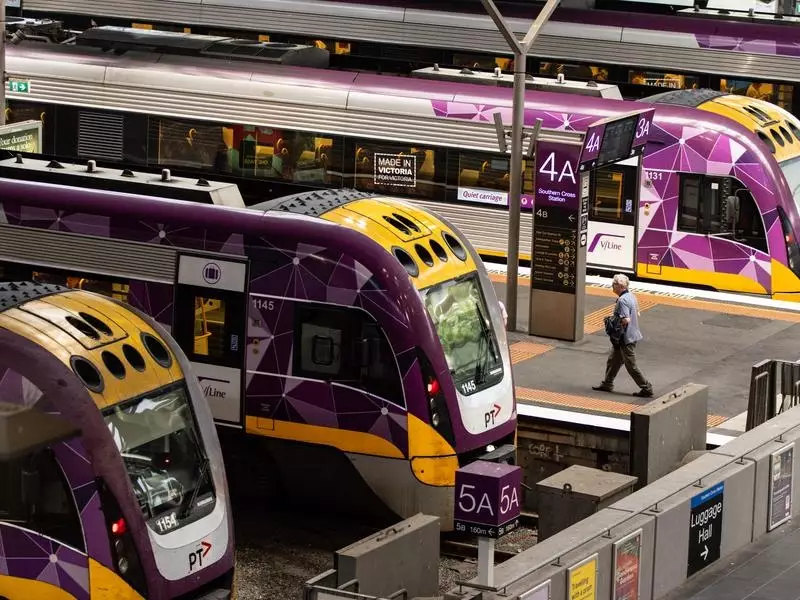
The Management of V/line
- Snuffle Nose
- October 24, 2024
- 12

Speeding trucks imperil safety around Footscray
- Bardy Bigglesworth
- October 24, 2024
- 0

What the British really think of Lidia Thorpe and her antics
- Helen Carrie
- October 23, 2024
- 1
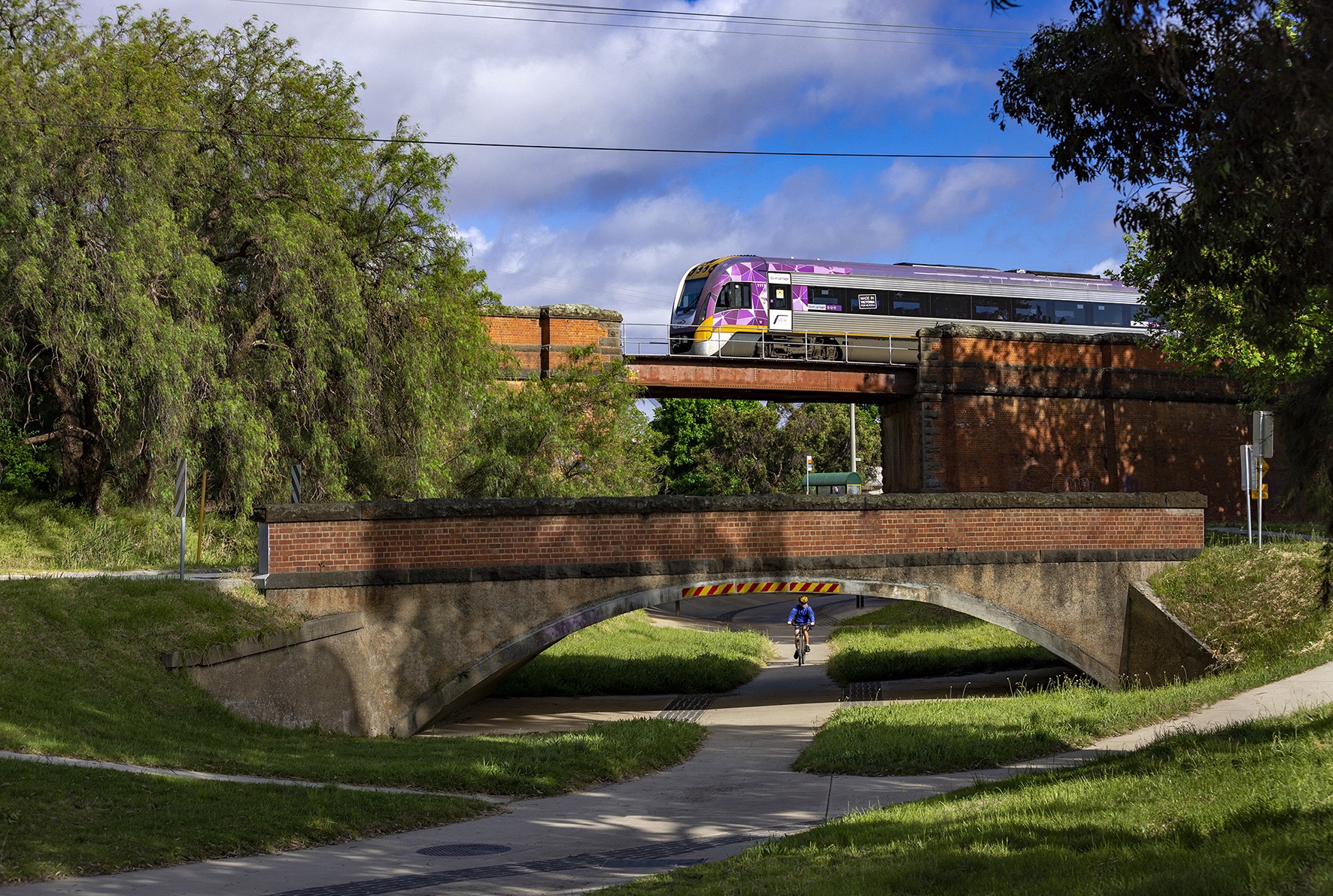
Warrnambool – V/Line to trash your long distance rail service
- Bardy Bigglesworth
- October 22, 2024
- 13

Barnaby Joyce is right about Anthony Albanese
- Helen Carrie
- October 20, 2024
- 1

Victorian Opposition considers reviving East West Link project
- Bardy Bigglesworth
- October 18, 2024
- 0
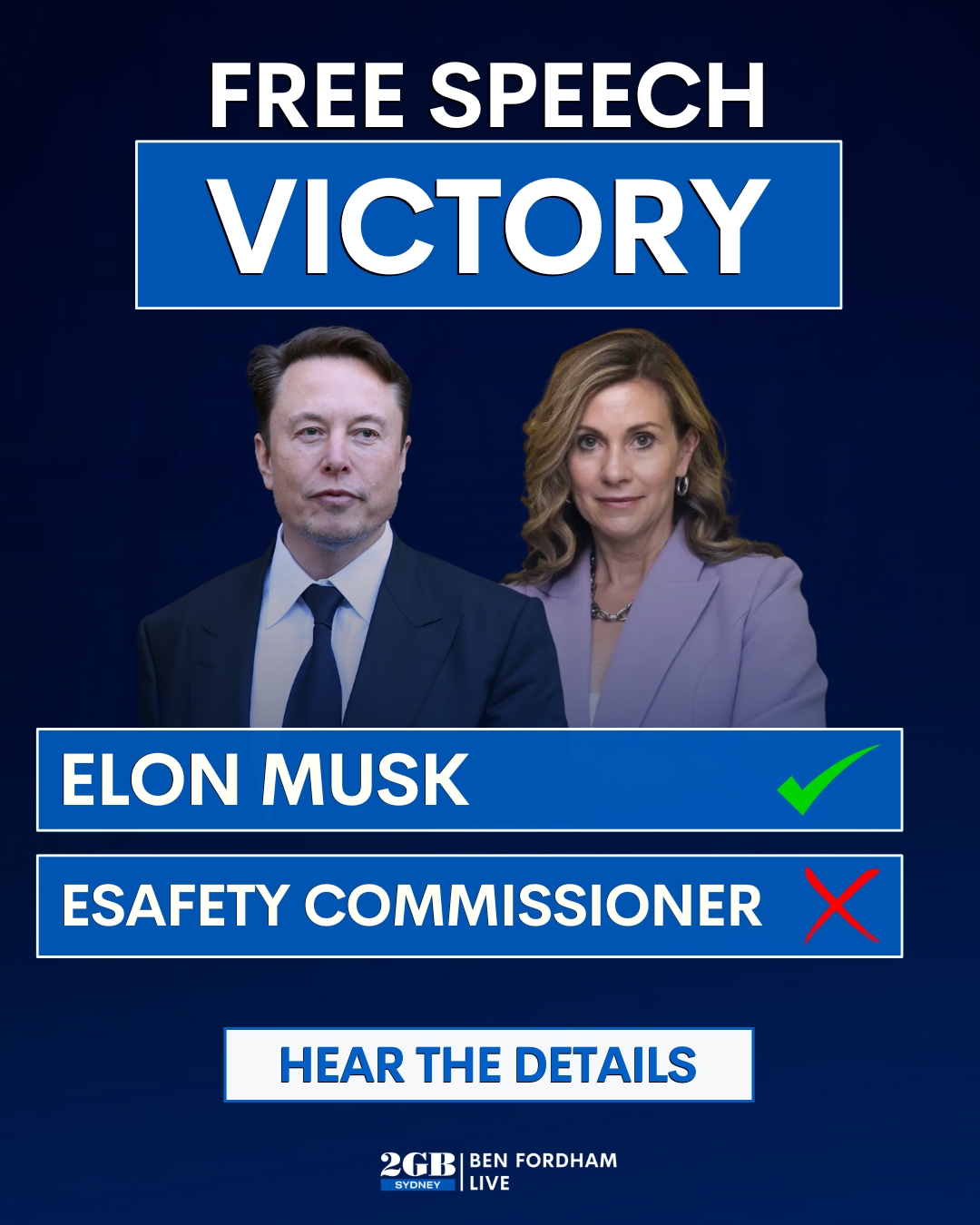
Julie Inman Grant should resign immediately over failed X litigation
- Helen Carrie
- October 18, 2024
- 1
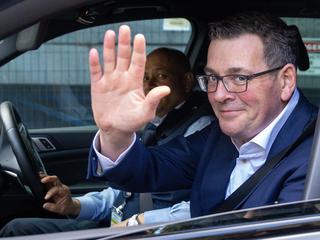
Dan Andrews appointed chair of youth mental health service
- Helen Carrie
- October 18, 2024
- 2

Vlocity trains are not the answer for Regional Victoria
- Snuffle Nose
- October 14, 2024
- 12
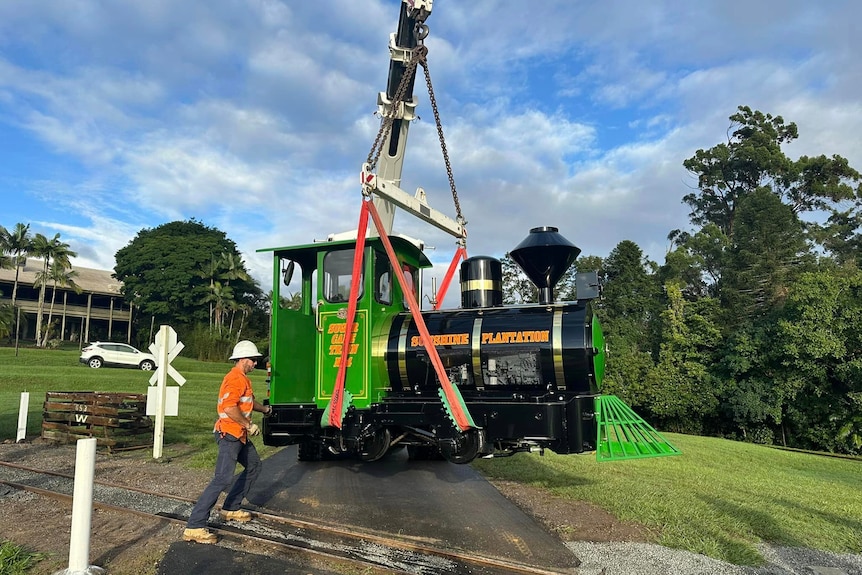
Preserving cane train history before Australian rail buffs run out of puff
- gobstopper
- September 27, 2024
- 0
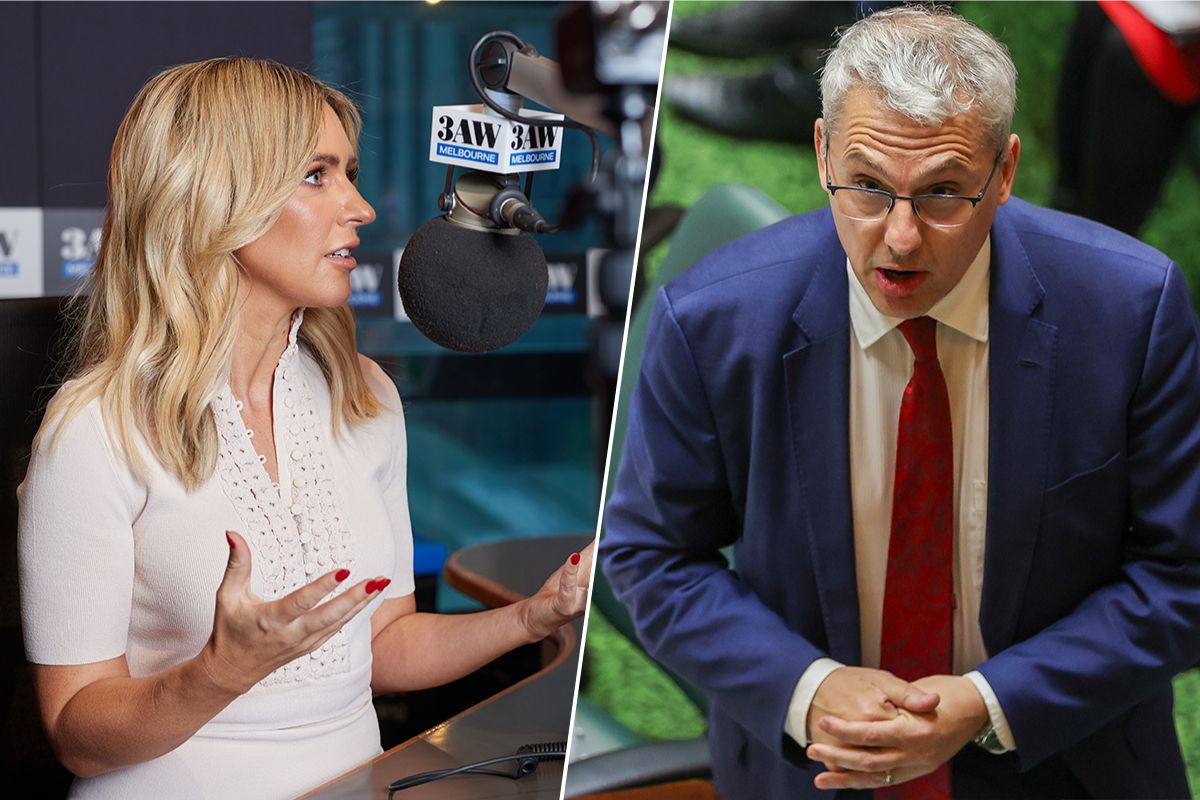
Metro Tunnel faces ANOTHER massive cost blowout
- Bardy Bigglesworth
- September 27, 2024
- 5
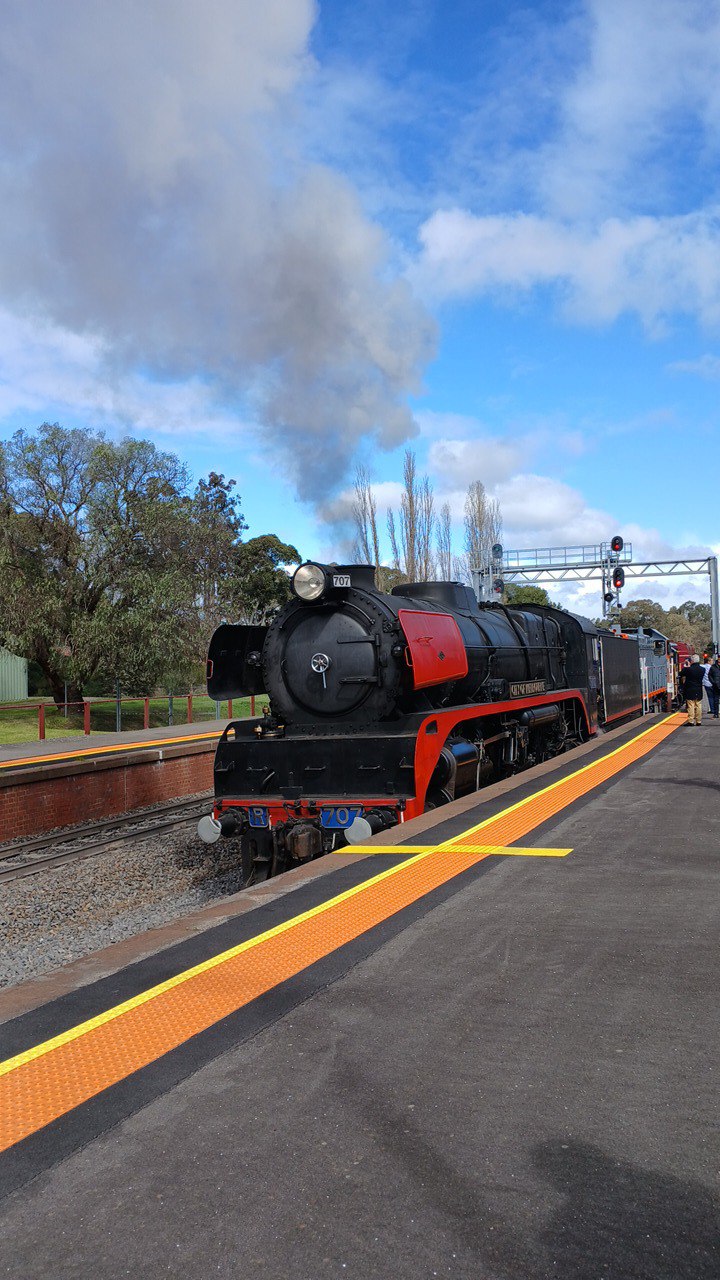
Onboard the R707 day tour to Maldon on 14th September 2024
- Snuffle Nose
- September 17, 2024
- 7

Melbourne has been named the most congested city in Australia
- Bardy Bigglesworth
- September 13, 2024
- 3

V/Line reduces seating capacity on Warrnambool line with Vlocity services
- Bardy Bigglesworth
- September 13, 2024
- 28

Full steam ahead for rail trail with no business case
- Bardy Bigglesworth
- September 9, 2024
- 7

Second western freight hub shelved in six months
- Bardy Bigglesworth
- September 6, 2024
- 4

Workers evacuated after fire in Metro Tunnel near Town Hall
- Bardy Bigglesworth
- September 5, 2024
- 0
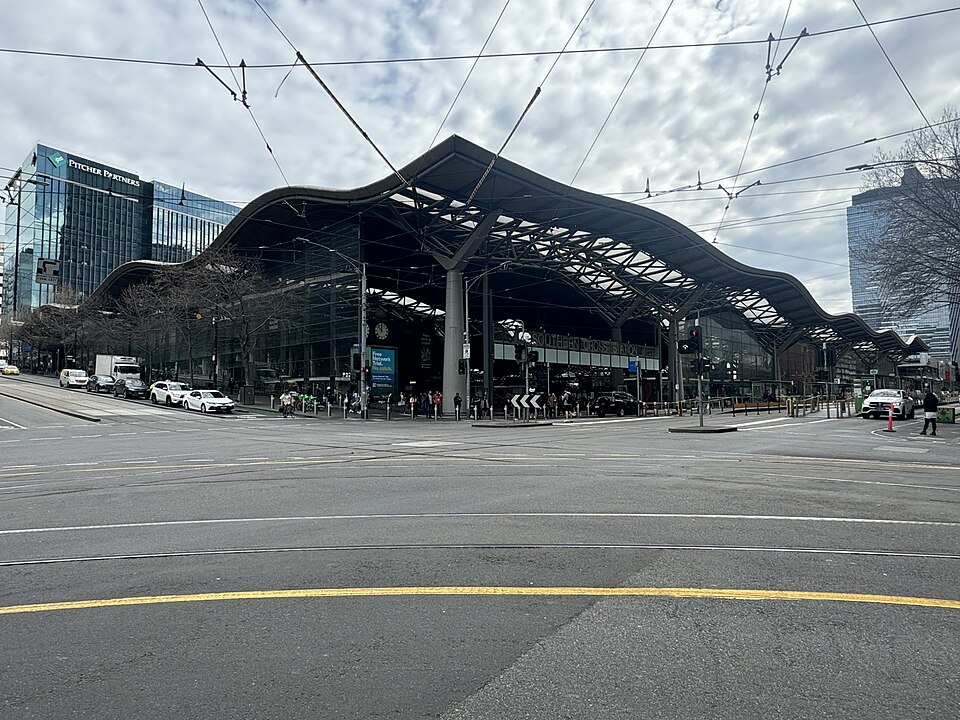
The changing face of the former Spencer St Railway Station
- Snuffle Nose
- September 2, 2024
- 5

Bairnsdale line train services just became a whole lot worse
- Bardy Bigglesworth
- August 31, 2024
- 16
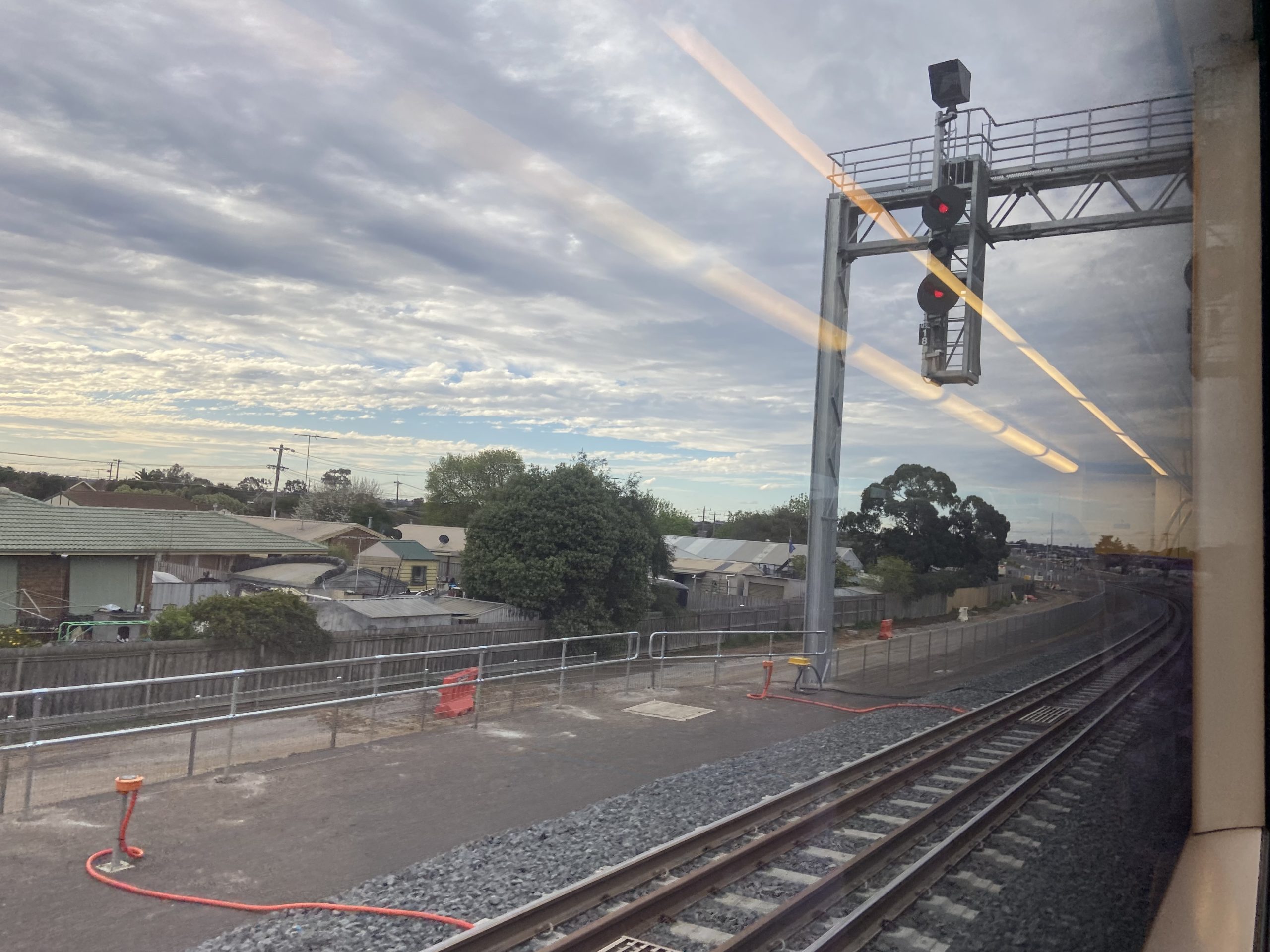
Riding the upgraded Warrnambool Line on 29th August 2024
- Snuffle Nose
- August 29, 2024
- 4
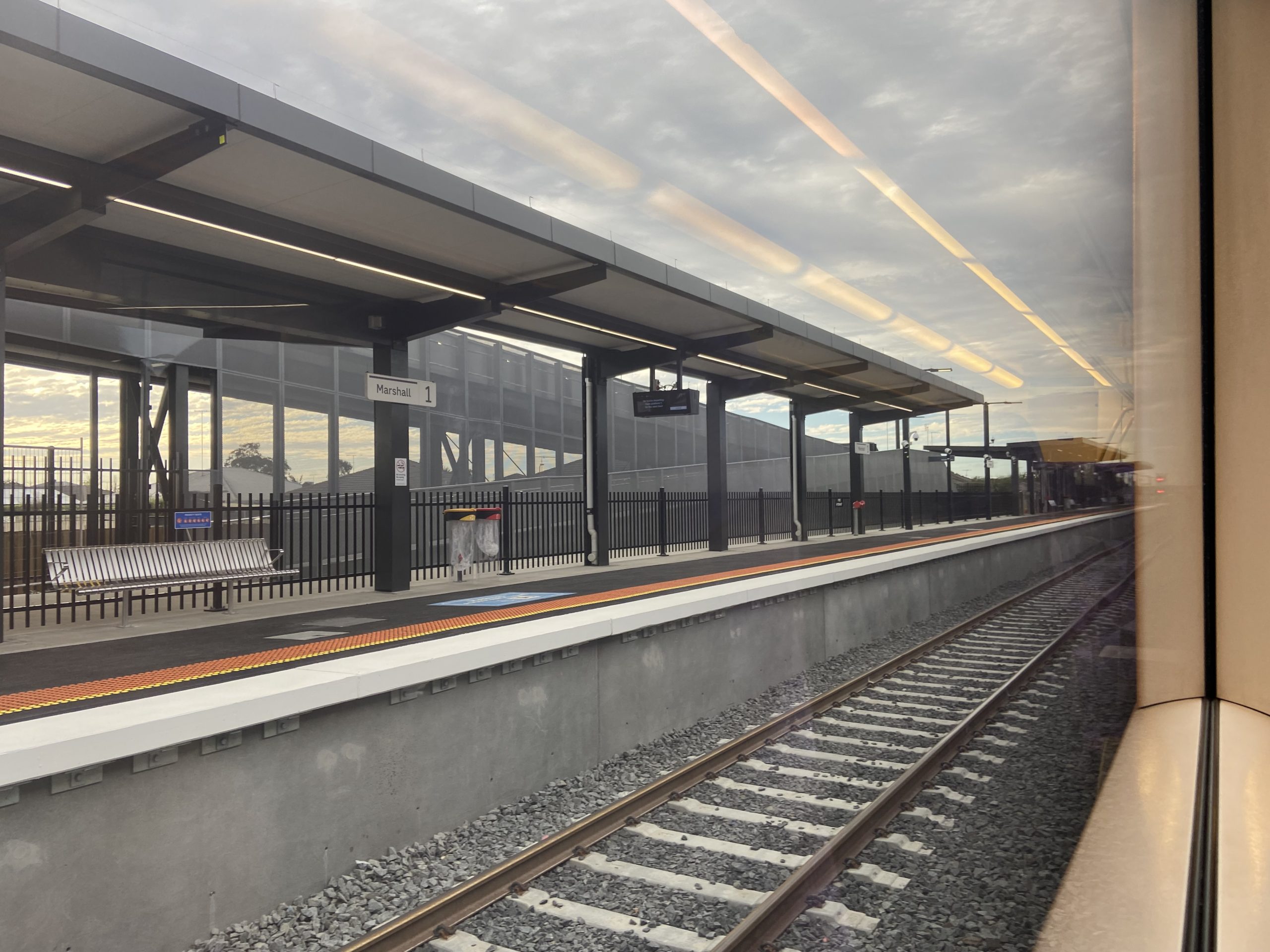
A trip to Waurn Ponds with new rail works at South Geelong
- Brian Evans
- August 28, 2024
- 8

Does Eureka Stadium in Ballarat need a railway station?
- Bardy Bigglesworth
- August 26, 2024
- 4

Reopening of the Warrnambool Line with DMU testing to commence
- Snuffle Nose
- August 13, 2024
- 11
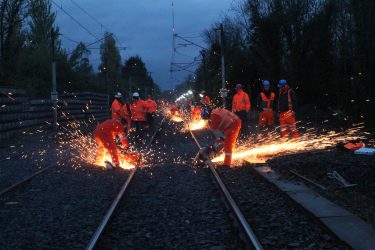
Continuously welded rail on the Victorian Railway System
- Snuffle Nose
- July 13, 2024
- 2
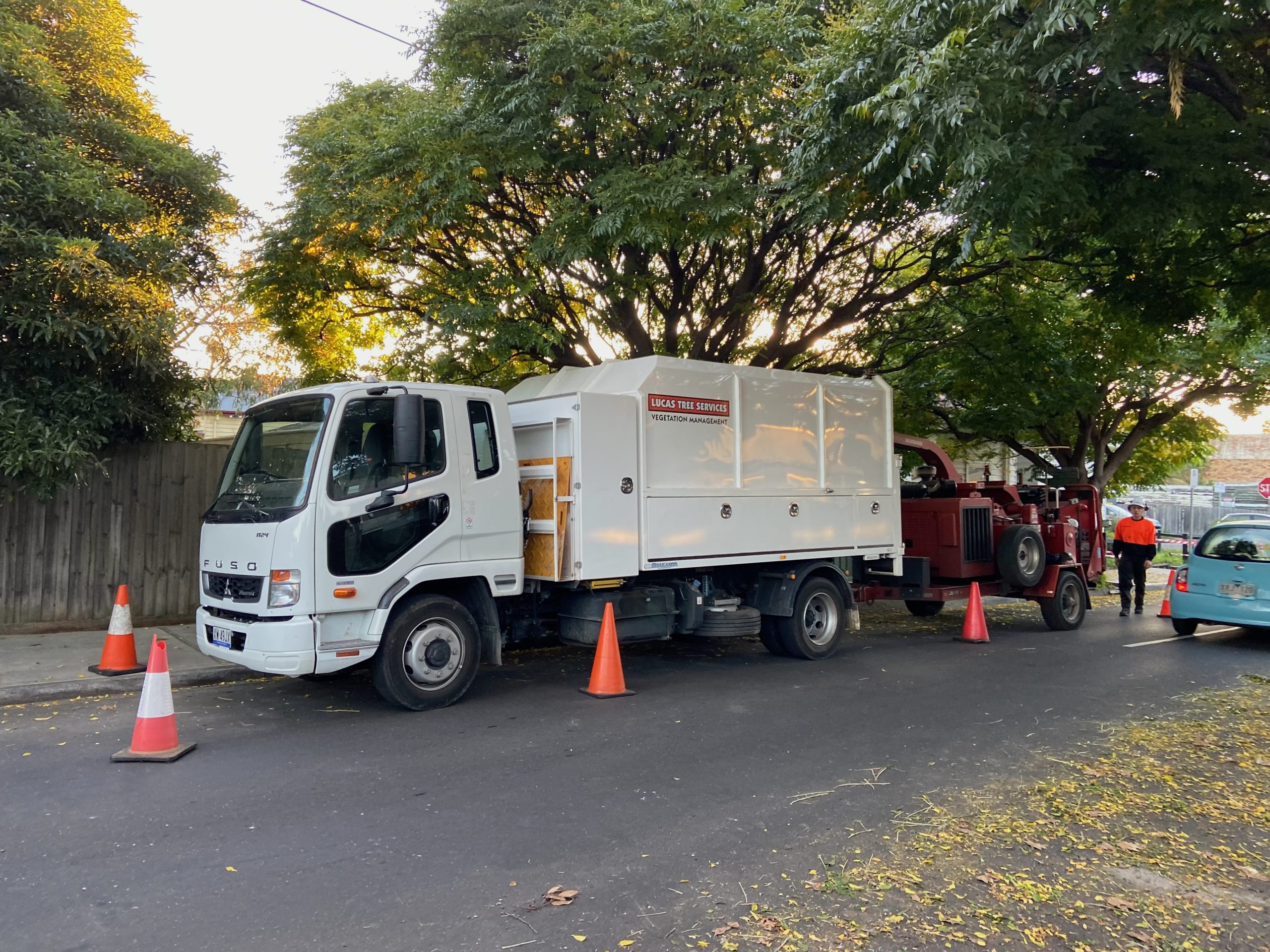
The Darebin Council deception continues in Northcote
- Guest authors
- June 12, 2024
- 3

Exploring the rail freight opportunity in Australia
- gobstopper
- April 28, 2024
- 2
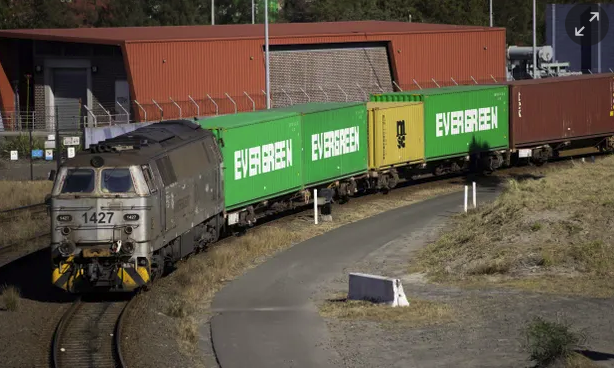
EU Commission approves 180 million euros for Polish intermodal transport
- Guest authors
- March 27, 2024
- 0
The European Commission (EC) has approved 180 million euros in funding for intermodal transport in Poland. The investments will be funded from the EU’s Recovery and Resilience Facility. According to the EC, the aim of the funding is to develop intermodal transport as an alternative to road transport by increasing its competitiveness. The 180 million…

